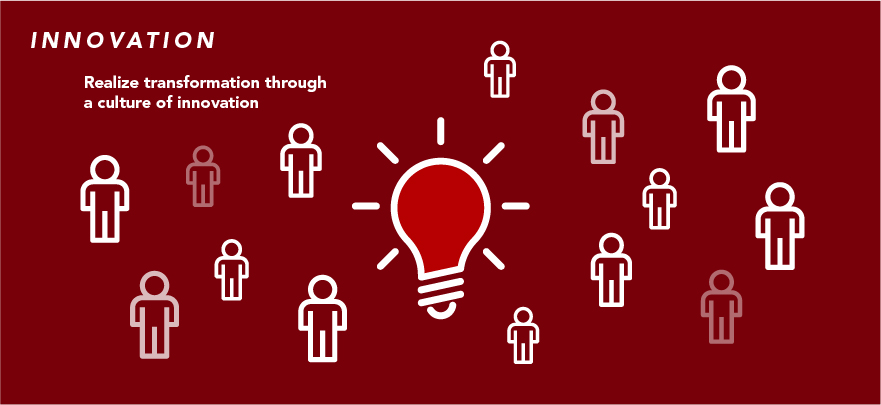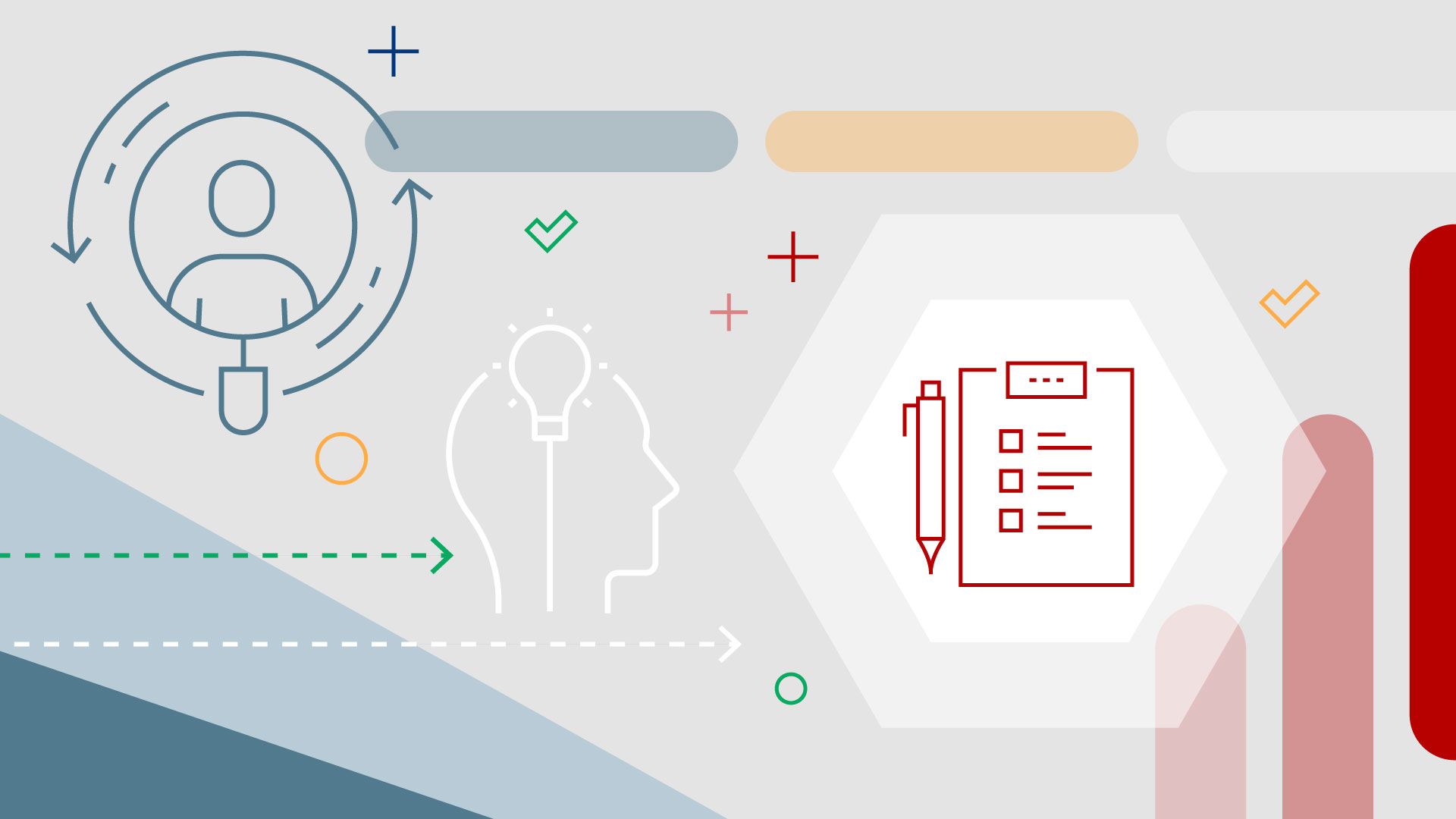Innovation
Innovation
Innovation is a crowdsourcing and idea management capability that supports the collaboration and generation of new ideas to drive innovation, transformation, and change. Organizers manage submissions and identify the best ideas using predetermined evaluation criteria in combination with active metrics from their ideation event. Ideas and key idea data have the ability to be imported into connected Planview products, and converted into projects or work items for further development. This capability creates a culture of innovation by allowing users across an organization to submit any number of new ideas during an event, and promotes collaboration by enabling users to view, compare, vote on, and comment on submitted ideas.
Learn more
Capability resources

AdaptiveWork process flows
Review step-by-step guidance, process flows, and best practices for end users to achieve specific business outcomes.
Learn more
Portfolios process flows
Review step-by-step guidance, process flows, and best practices for end users to achieve specific business outcomes.
Learn more
ProjectPlace process flows
Review step-by-step guidance, process flows, and best practices for end users to achieve specific business outcomes.
Learn more


 Definition
Definition Business value
Business value